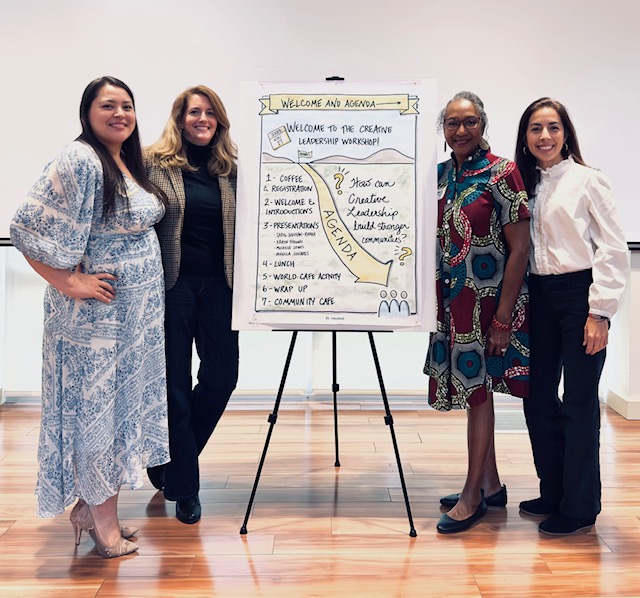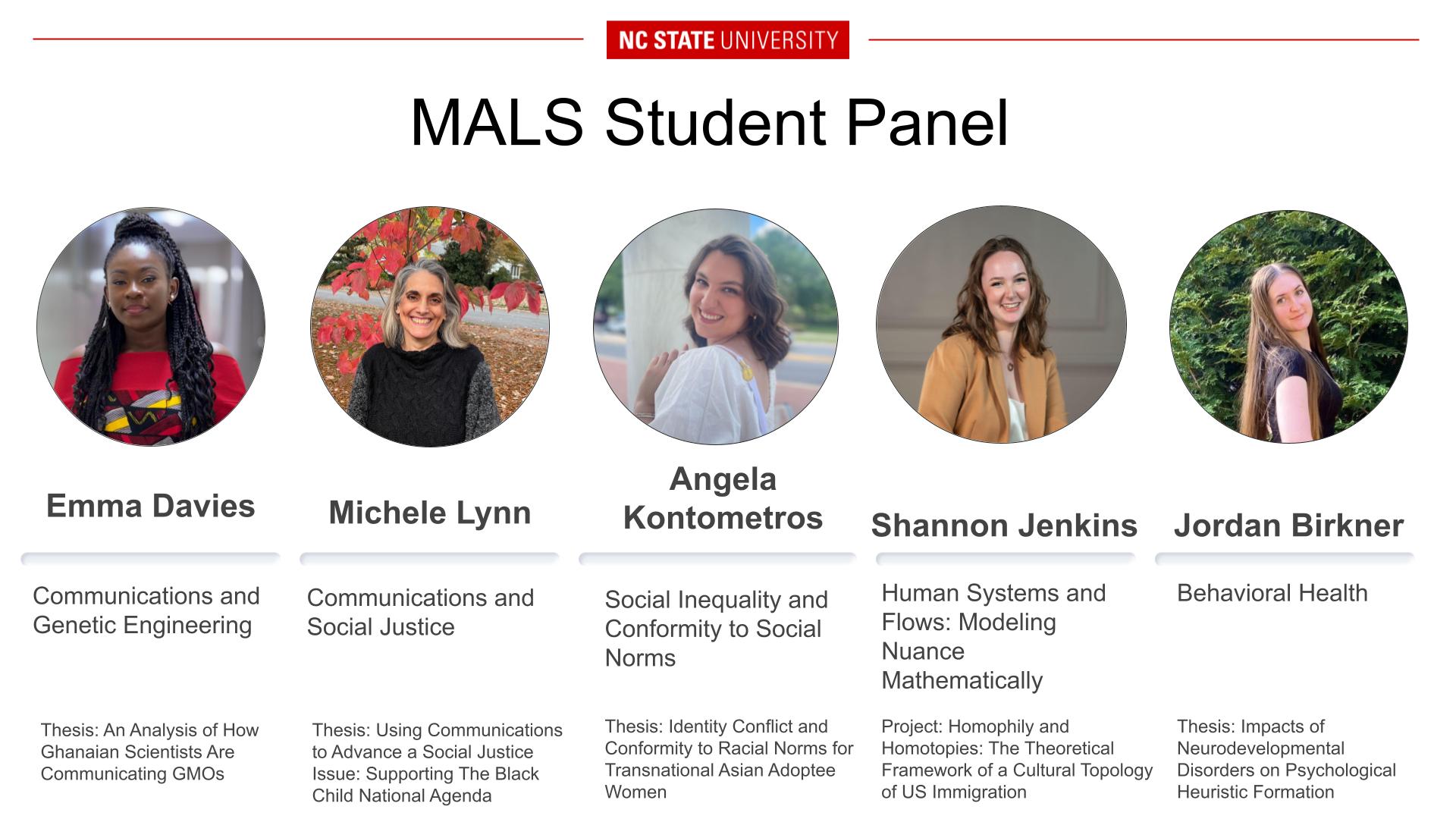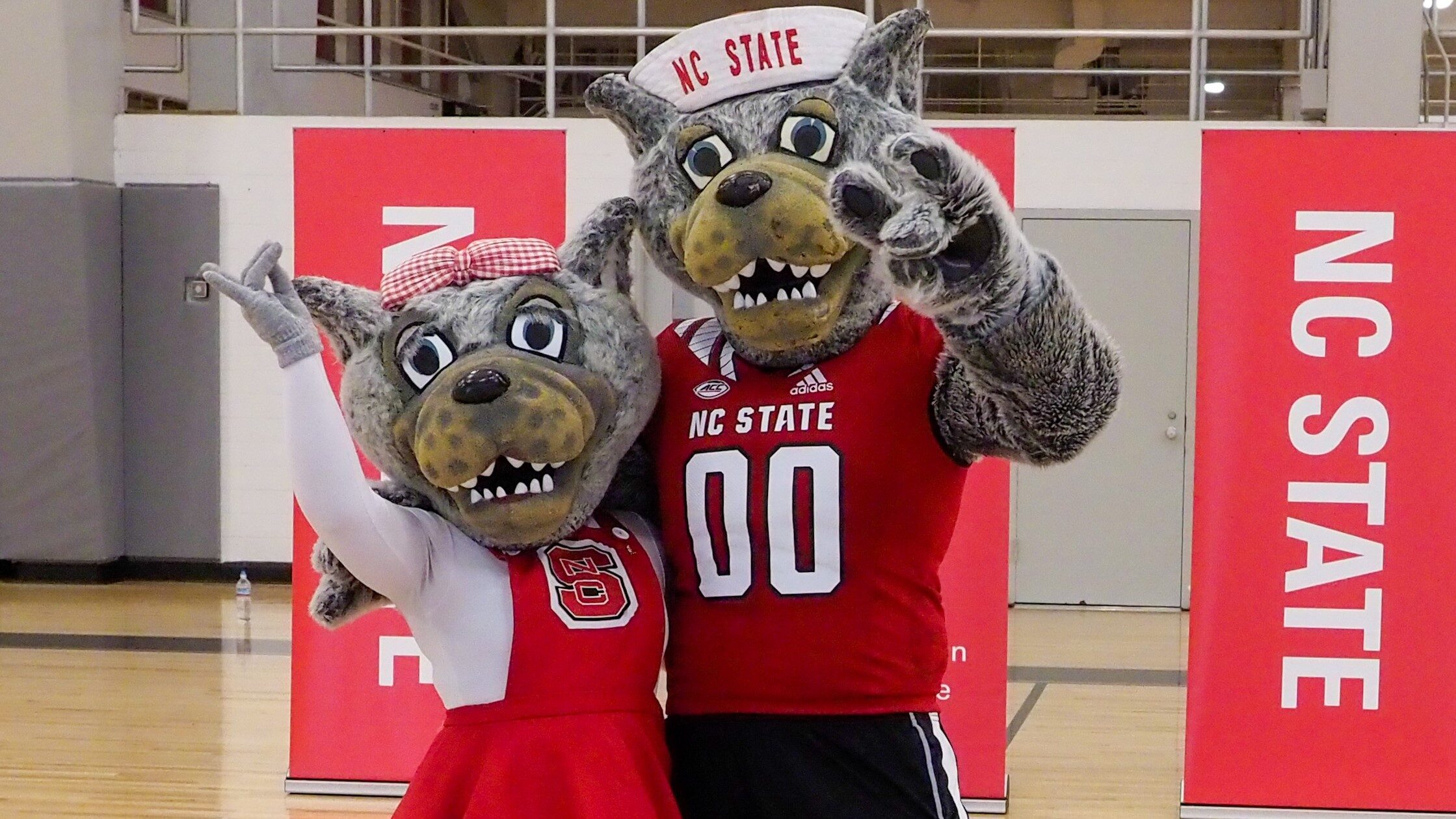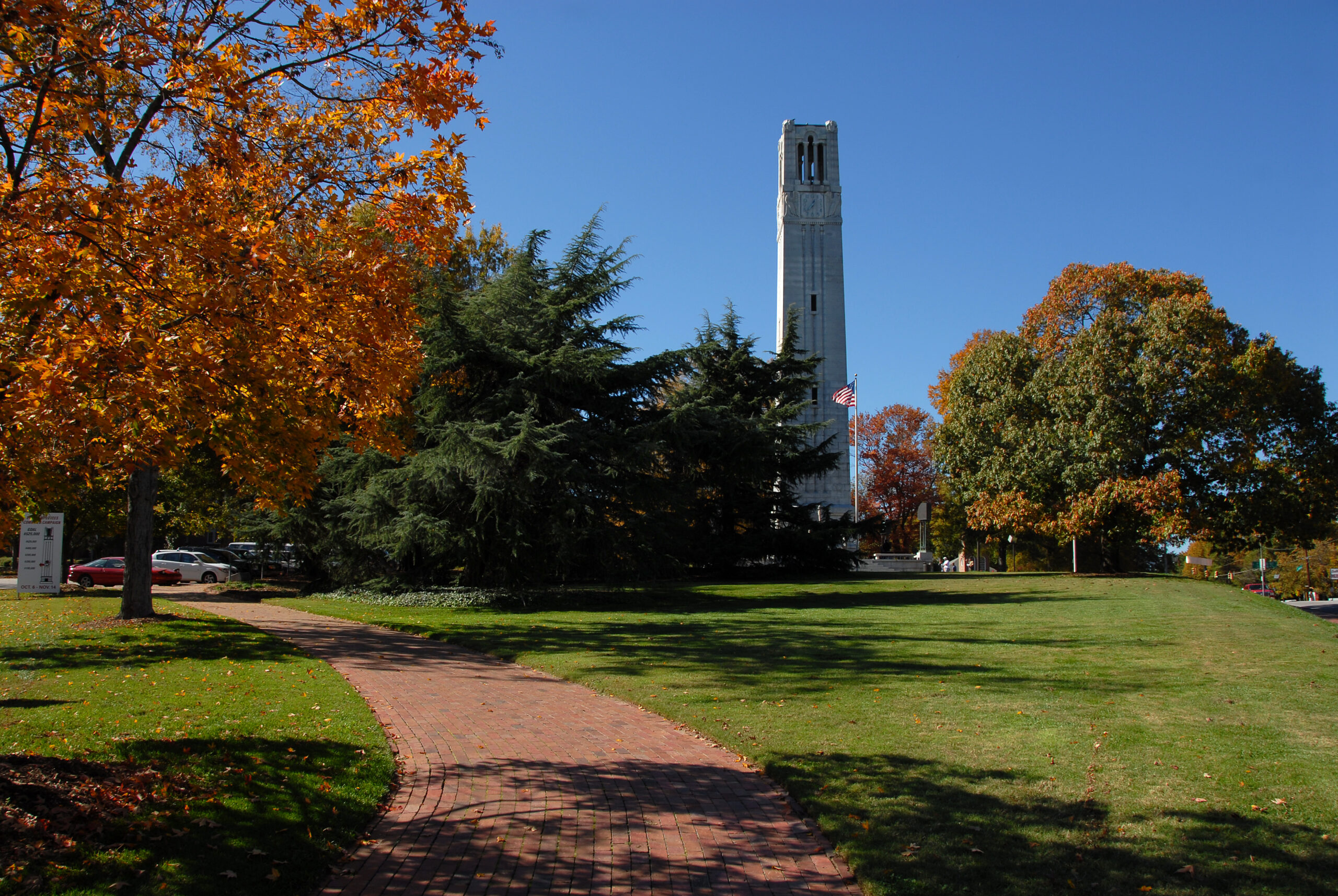MALS Student Achievements

Conner Tomlinson
Harmonizing Art, Communication, and Academia

Conner Tomlinson’s academic journey exemplifies the fusion of passion and scholarly inquiry within the MALS program at NC State University. As a third-generation State student, Tomlinson’s roots in North Carolina laid the foundation for his academic pursuits, which seamlessly blend his love for music production with a deep interest in communication theory and rhetoric.
Initially drawn to corporate law, Tomlinson’s trajectory shifted after exploring arts entrepreneurship classes during his undergraduate studies. His fascination with communication theory and rhetoric, especially as they intersect with art and music, propelled him towards academia. Tomlinson’s decision to apply to the MALS program stemmed from a desire to pursue his academic interests while creatively integrating them into his production work, with an eye towards a future PhD.
Tomlinson’s capstone project—a podcast exploring the intersection of art and music—serves as a culmination of his interdisciplinary journey. Grounded in his concentration in Art and Sound Rhetoric, the podcast delves into the multifaceted ways music moves people, both emotionally and intellectually. It serves as a platform to bridge academic discourse with vernacular conversations, showcasing the voices and perspectives of local artists while engaging with broader themes in musicology and communication studies.
Reflecting on the challenges and rewards of his capstone project, Tomlinson emphasizes the opportunity it provides to navigate between academic analysis and practical application without being constrained by disciplinary boundaries. However, finding his voice amidst the myriad considerations of form, content, and tone has posed its own set of challenges—a testament to the complexity of bridging academic and personal/professional spheres.
For aspiring MALS students, Tomlinson offers advice: embrace the program’s flexibility and take ownership of your academic journey. From designing independent studies to exploring courses at other universities, the MALS program offers boundless opportunities for intellectual exploration and growth. By seizing these opportunities and tailoring their experiences to their needs and ambitions, students can unlock the full potential of the MALS program as a transformative academic endeavor. In Tomlinson’s journey, we witness the power of interdisciplinary inquiry to harmonize diverse passions and scholarly pursuits, ultimately enriching both academic and professional landscapes.
Tell us about yourself! Where are you from? What brought you to NC State?
I traveled a lot growing up but my home has always been NC. I’m a third-generation State student and have always appreciated the campus and the culture, I didn’t bother to apply anywhere else when it came time to transfer to a university to finish my B.A. in communication.
What is your academic and/or professional background?
I went into comm studies with the intention of going into corporate law, but after taking two arts entrepreneurship classes in my first semester I committed to making a career from my hobby of music production. At the same time, I became more interested in communication theory and rhetoric, especially as they relate to art and music. During my final year of undergrad I took a 500-level course in visual rhetoric and worked a research assistantship with the Virtual MLK Project, which convinced me grad school would be a rewarding experience.
Why did you decide to apply to the MALS program?
By the time I graduated, I was working part-time as an independent sound engineer and music producer. At the same time, with my interest in rhetoric, philosophy, and critical theory, I had been looking into academia as a side gig or backup plan. The MALS program provided an opportunity to pursue my academic interests and come up with creative ways to apply them to my production work, while setting myself up for a PhD in the future.
When/why did you become interested in your area of study/research? How will you apply interdisciplinarity in your academic and professional work?
The job of a producer is to think both as an artist and an engineer, juggling questions of beauty and meaning alongside a practical understanding of how melody, harmony, rhythm, orchestration, arrangement, and mixing affect listeners. Approaching art from the perspective of rhetorical communication means focusing on how art moves people, emotionally and physically. This extends to business practices – I’m especially interested in how marketing and branding influence how music is perceived, and ways in which independent musicians can treat social media, stage presence, album art, etc. as extensions of their creative practice. Music production involves aesthetics, psychology, physics, phenomenology, sociology, and history, and the more we understand how music and sound work in all these contexts, the more impactful our art can be.
How did you choose your capstone? How is it related to your concentration?
This semester, I’ve been hosting a podcast about art and music with some of the musicians I work with. Our conversations cover a variety of topics related to what music does and what problems independent musicians face today. As the capstone to my MALS concentration in Art and Sound Rhetoric, the podcast is an attempt to bring together academic and vernacular discourses about how music moves people, as well as to illustrate sonically how local artists think and talk about art.
Could you share the most difficult thing AND the most rewarding thing about your choice of capstone?
The most rewarding part of my capstone so far has been the opportunity to generate concepts and engage in critical analysis without getting caught up in niche disciplinary concerns. Because the podcast’s participants and listeners include artists from diverse backgrounds who share an investment in the local music scene, the conversations are always grounded in how we might apply these insights in to improve our lives and those of our community. The most difficult thing is finding my voice as I try to bridge my academic work with my personal and professional life. This means stressing about the form, content, and tone of the podcast, as well as thinking about my literal voice. It’s been both challenging and rewarding to listen back to these conversations and learn where I fit and what I have to offer.
Any final tips or tricks you want to share with MALS students?
Take full advantage of how flexible your coursework is. Take classes at other universities; design independent studies with professors you want to work with; ask about the MALS seminars and plan ahead so you can take the 2-3 most relevant and interesting ones. The MALS program is absolutely what you make of it, so a little bit of extra research and preparation can turn out to be incredibly rewarding. More than just being able to pick the courses you want, you have the opportunity to design your whole grad school experience and tailor it to your needs and ambitions.
Carol Sullivan-Riddle
Championing Creative Leadership and Community Advocacy

Carol Sullivan-Riddle, a recent graduate of NC State’s MALS program, exemplifies the transformative power of interdisciplinary education in driving positive change within communities. Originally from Massachusetts, Carol has made Raleigh her home for many years, deeply ingrained in the fabric of the local community.
After earning her undergraduate degree in Communication at NC State, Carol embarked on a multifaceted journey, managing a medical practice and later dedicating herself to volunteer work with nonprofit organizations. It was during this time that Carol’s passion for advocacy and community engagement flourished, inspiring her to pursue further academic study and research through the MALS program.
With a concentration in Creative Leadership and Policy Analysis, Carol’s academic journey was guided by a desire to become a more informed and effective advocate for her community. Drawing on her experiences and advocacy work, Carol recognized the importance of interdisciplinary collaboration in addressing complex societal challenges. Through her studies, she sought to equip herself with the research skills and strategic thinking necessary to drive meaningful policy change and support improved long-term outcomes for individuals and communities.
For her capstone project, Carol organized a one-day Creative Leadership Workshop and an accompanying art exhibit at Artspace in Raleigh. These initiatives brought together a diverse array of community members, including educators, artists, small business owners, and nonprofit leaders, to explore collaborative approaches to addressing challenges and fostering positive change. Through the workshop and art exhibit, Carol exemplified the principles of Creative Leadership, emphasizing effective communication, collaboration, and innovative problem-solving as essential tools for community advocacy and empowerment.
Carol’s journey through the MALS program underscores the profound impact of interdisciplinary education in shaping compassionate and effective leaders. Her dedication to advocacy and community engagement serves as an inspiration to current and future MALS students, highlighting the transformative potential of academic study and research in driving positive social change. In Carol Sullivan-Riddle, the MALS program finds a passionate advocate and leader committed to building a brighter future for all.
Tell us about yourself! Where are you from? What brought you to NC State? What is your academic and/or professional background?
I am originally from Massachusetts but have lived in the Raleigh area for a long time. I received my undergraduate degree in Communication at NC State and then went on to manage a medical practice. Later, when my kids were younger, I spent several years volunteering with several local nonprofit organizations, and I worked with teachers and advised parents to support students who lived with learning differences.
Why did you decide to apply to the MALS program?
I applied to the MALS program at NC State because I had personal and professional goals that would be supported by further academic study and research, and I felt that those objectives would be best accomplished in an interdisciplinary studies graduate program, such as the MALS program at NC State. After researching several graduate programs in North Carolina and other areas of the country, I applied to the MALS program and was accepted.
When/why did you become interested in your area of study/research? How will you apply interdisciplinarity in your academic and professional work?
My MALS concentration was Creative Leadership and Policy Analysis. I am a researcher, a strategic planner, a project manager, and a box-checker by nature, and I came to my graduate studies with the goal of becoming a more informed leader and advocate for people in our community, one equipped with research and tools to better advocate for improved long-term outcomes. That motivation was greatly due to my life experiences and advocacy work in our local community and schools.
Advocacy work and public policy change require people to work together to find solutions to challenging problems. The fundamental tenets of Creative Leadership are effective communication strategies, collaboration, and employing creative and critical thinking to support innovative problem-solving. These ideas align with my interest in working to support connections and collaboration to get important, positive work done for people in our communities.
How did you choose your capstone? How is it related to your concentration?
My capstone project was a one-day Creative Leadership Workshop and an associated but separate art exhibit at Artspace in Raleigh. Both were greatly aligned with the coursework and the research I completed while a MALS student and with me as a person.
The Creative Leadership Workshop brought together educators, small business owners, students, artists, nonprofit leaders, and other community members and was planned to explore supportive approaches to challenges within our work and advocacy efforts.
The Hope Made Real art exhibit brought a diverse group of artists together by medium, journey within their creative process, and life experience to exhibit their artistic renderings paired with an inspirational quote or excerpt from literature, poem, or lyric depicting hopeful possibilities for improved life outcomes for all people.
- Categories:


